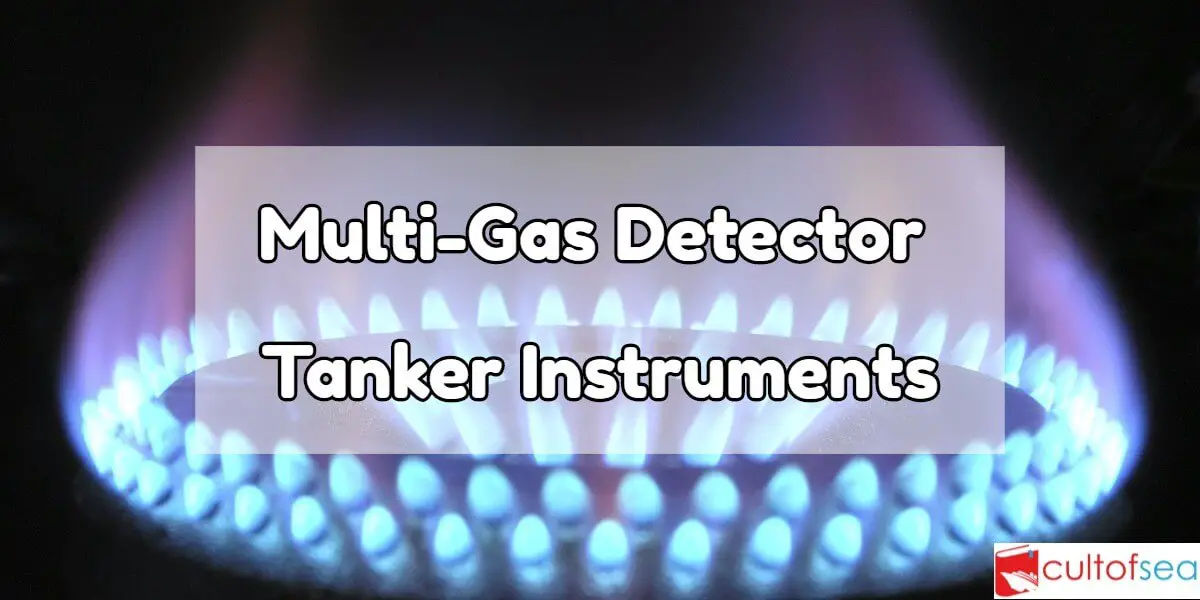Working This is an instrument used for evaluating the tank atmosphere, prior to man entry, specifically for the presence of toxic gas. Hollow, glass tubes are inserted into a hand-held bellows pump through which a metered volume of the sample to be tested is drawn.The tubes are coated internally with a reagent and sealed at both ends. Different tubes are required for each type of toxic gas. The tubes are graduated externally. Just before use, the sealed ends are broken and the tube is fitted to the pump.As the sample is drawn through the tube by a recommended number of strokes of the … [Read more...]
